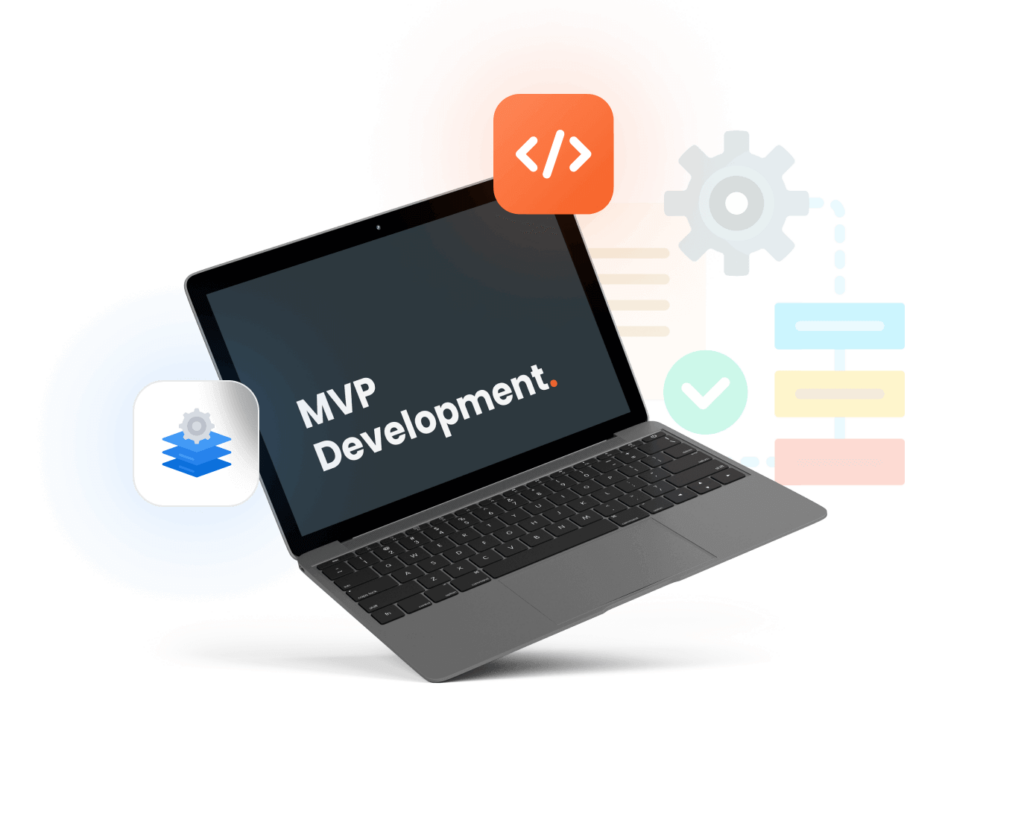> Services> MVP Development Services
MVP Development Services
validate your idea with MVP Development
MVP Development ensures a quick go-to-market strategy with a focus on core functionalities. If you can imagine it, SlickDigital can build it.

a reflection of our clients’ success.
Our MVP Development Services
-
MVP Strategy and Consulting
Define your product vision and roadmap with our expert consulting services. We help you identify core features, target market, and key metrics to ensure a successful MVP launch.
-
Rapid Prototyping
Quickly turn your ideas into interactive prototypes. Our rapid prototyping services help you visualize your product, gather feedback, and make informed decisions before full-scale development.
-
Custom MVP Development
Develop fully functional custom software solutions tailored to your business needs. Our development process focuses on delivering a scalable and robust product that can be iterated based on user feedback.
-
MVP Testing and Validation
Ensure your MVP meets user expectations with comprehensive testing and validation. We conduct usability tests, performance checks, and gather user feedback to refine your product.
-
MVP Launch and Iteration
Successfully launch your MVP and iterate based on real-world feedback. We provide continuous support and development to help you scale and improve your product.
MVP Development Best Practices
Define Core Value Proposition
Focus on the essential features that deliver the core value proposition to users. Avoid feature creep by adhering strictly to the MVP’s primary use case.
Adopt Agile Methodology
Implement Agile frameworks such as Scrum or Kanban to iterate quickly, incorporate feedback, and adapt to changes throughout the development lifecycle.
Prioritize User Stories
Use backlog grooming to prioritize user stories based on business value and user needs. This helps in delivering the most impactful features first.
Utilize Rapid Prototyping
Leverage tools like wireframes and mockups to validate concepts and design choices early in the development process before committing to full-scale implementation.
Conduct Minimal Viable Testing
Perform essential testing including unit tests, integration tests, and user acceptance testing (UAT) to validate the MVP’s functionality and stability while avoiding exhaustive test suites.
Use Lean Startup Principles
Apply Lean Startup methodologies such as validated learning and pivot-or-persevere to make data-driven decisions and avoid building features that do not address validated user needs.


MVP Development FAQ
Wireframes and prototypes are used for rapid design iteration and early validation of UI/UX design before investing in full-scale development.
A/B testing allows for comparing different versions of features or designs to determine which performs better with users, providing valuable insights for optimizing the MVP based on real-world data.
Important KPIs include user acquisition cost (UAC), customer lifetime value (CLV), churn rate, user engagement metrics, and conversion rates, which help measure the MVP’s effectiveness and market fit.
An MVP is a functional product with just enough features to satisfy early adopters and validate hypotheses, whereas a prototype is a preliminary model used for design validation and user feedback without full functionality.


